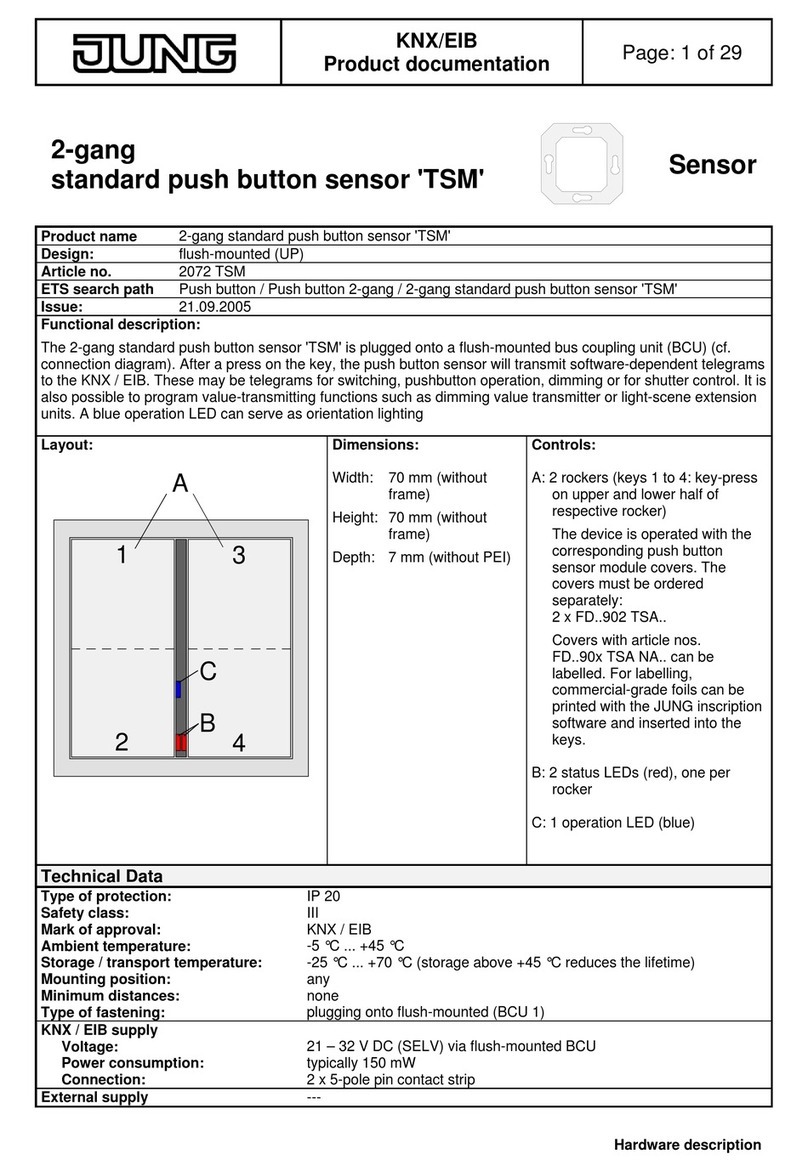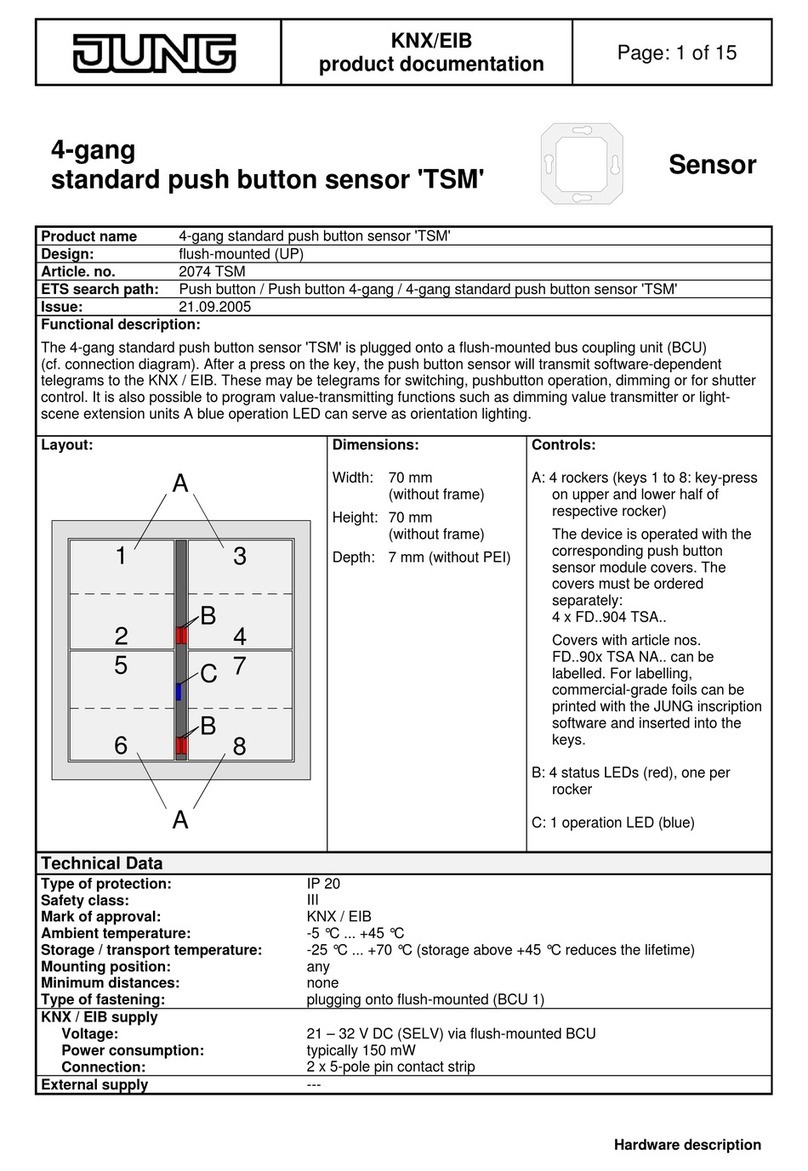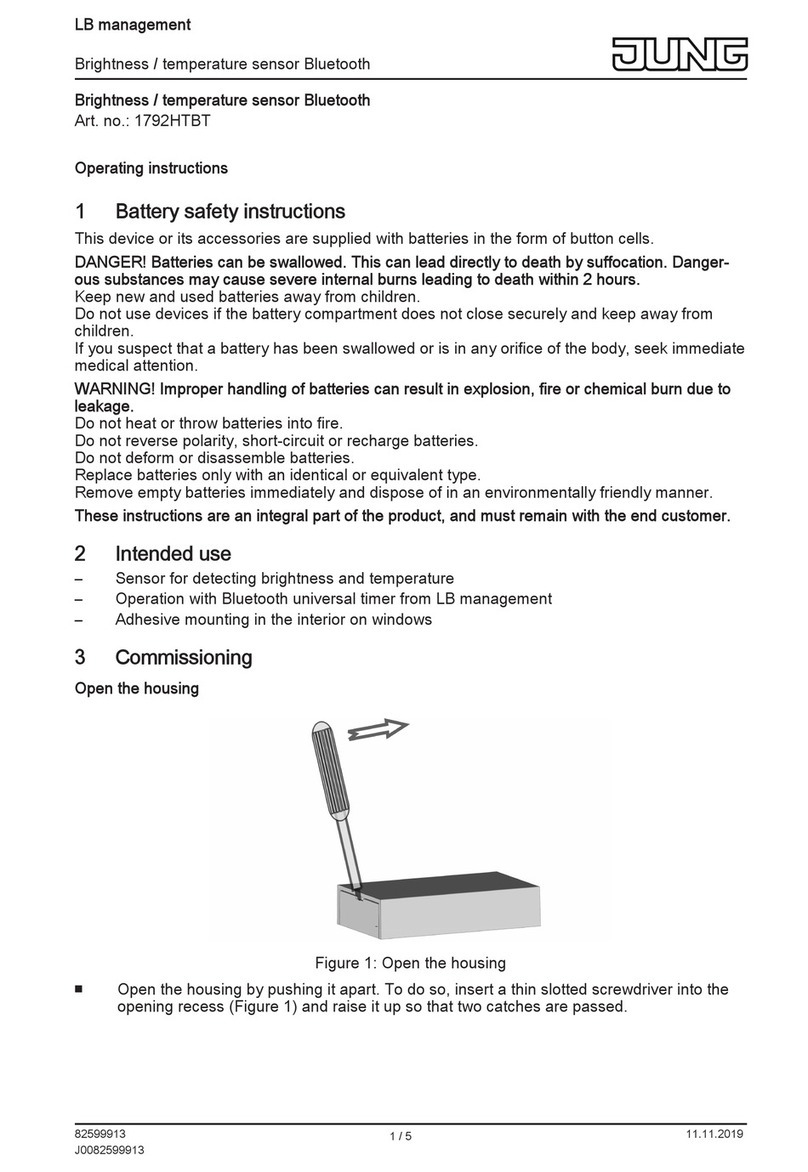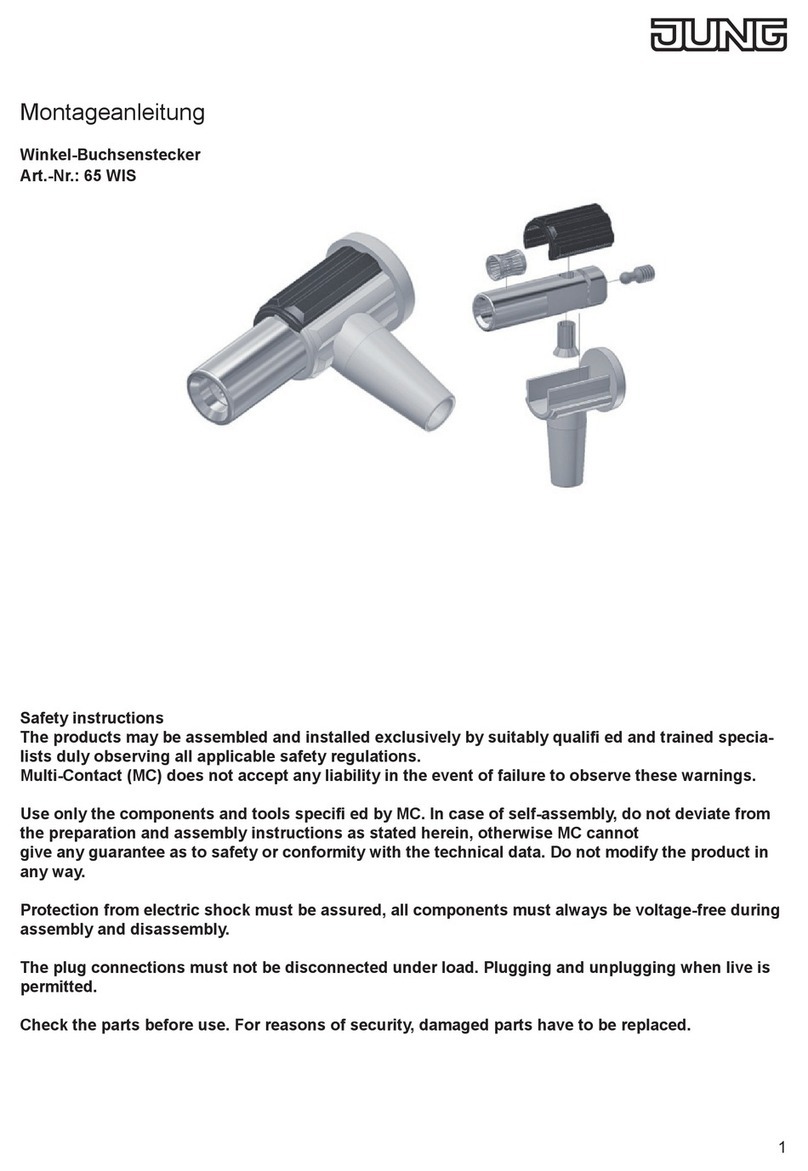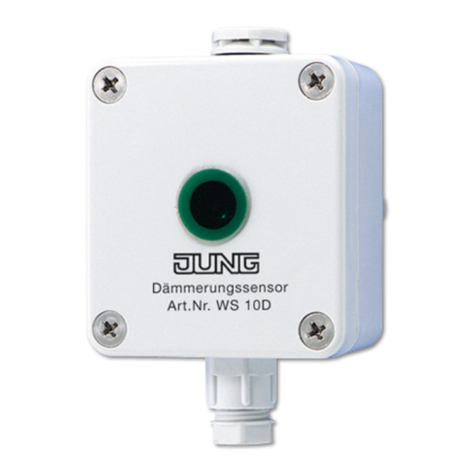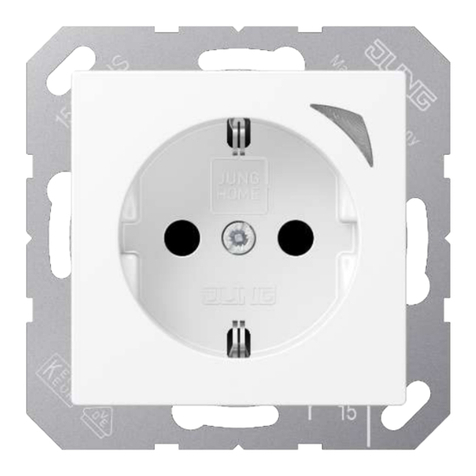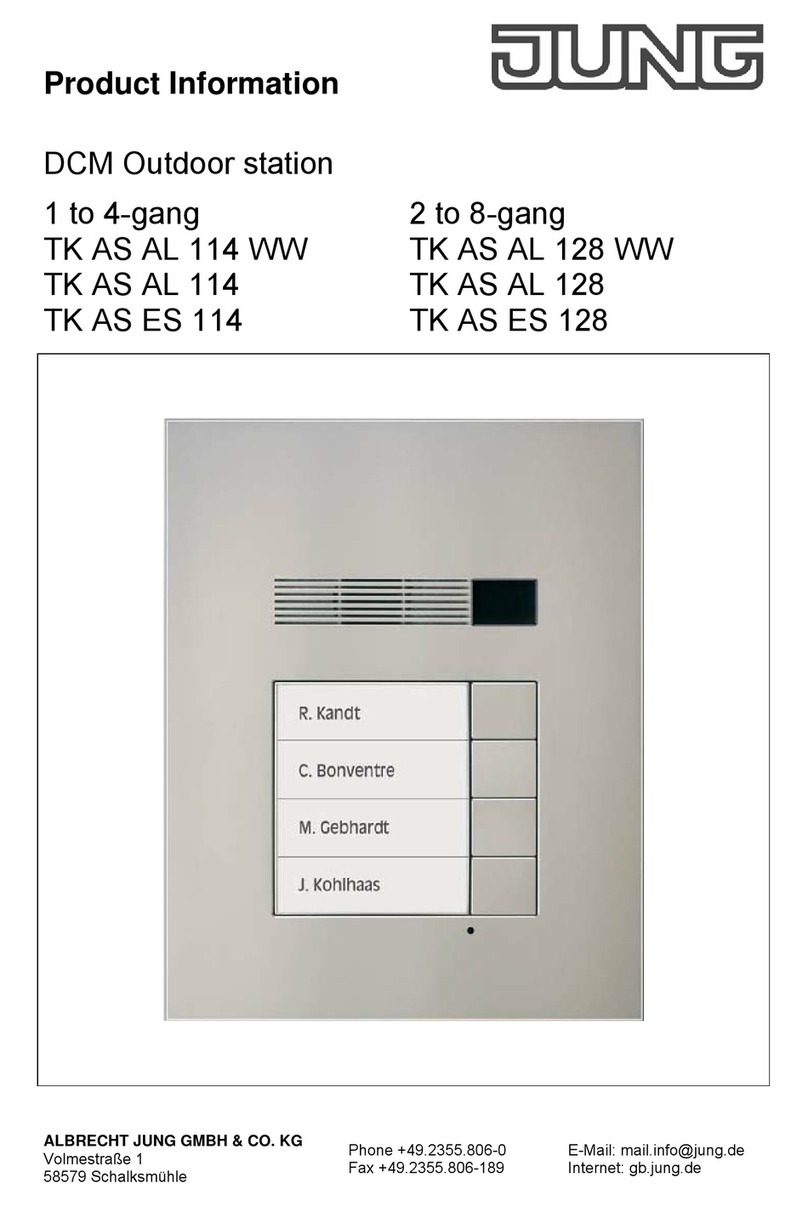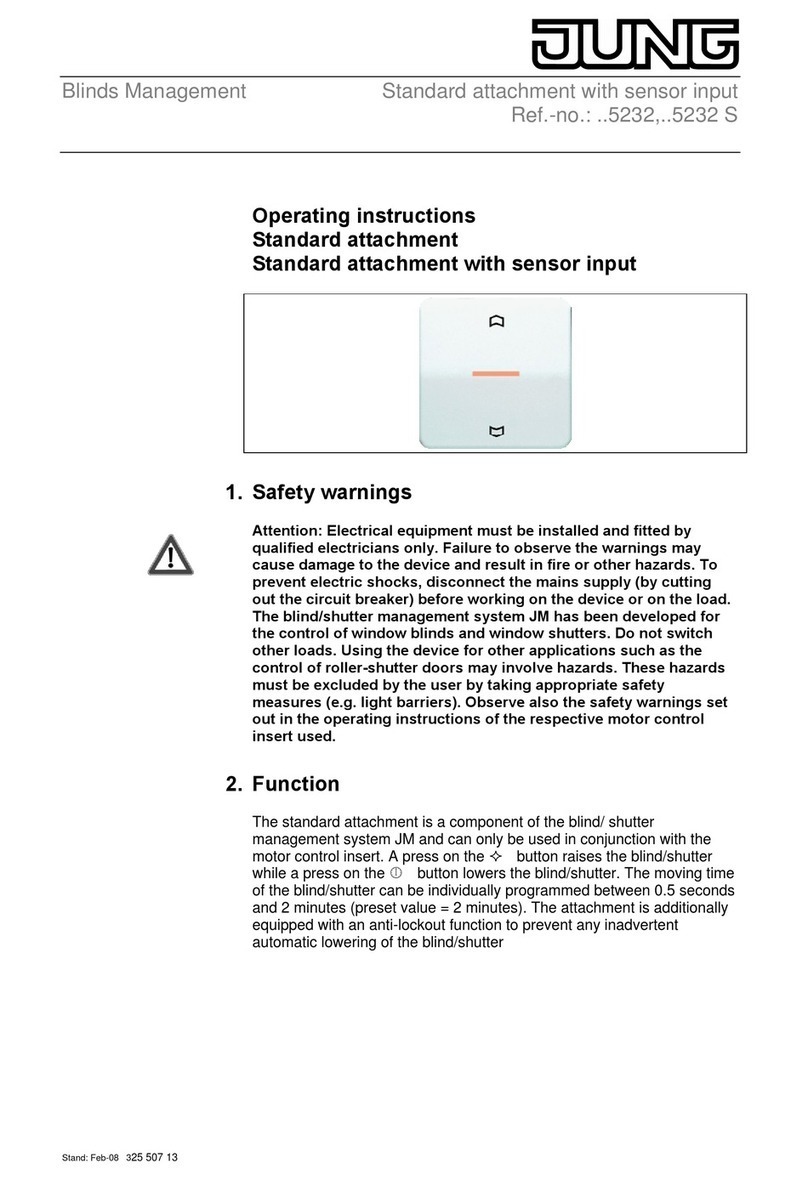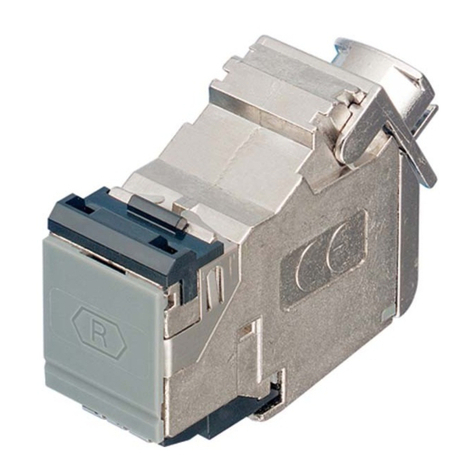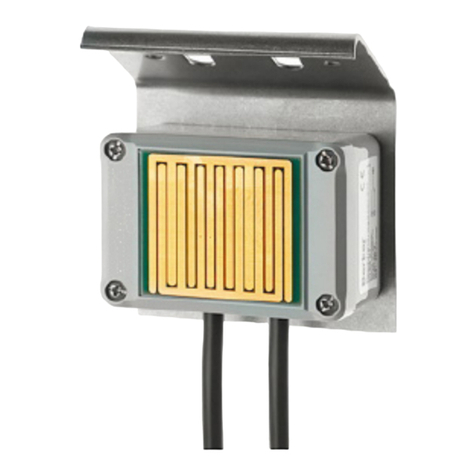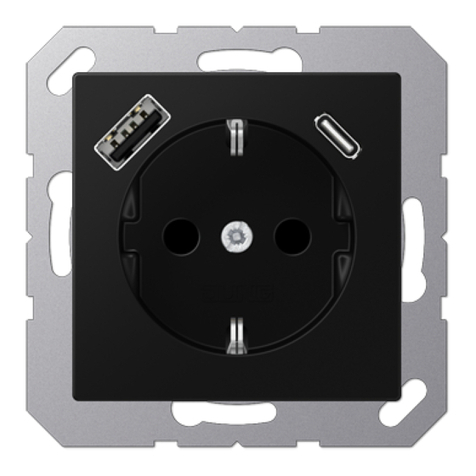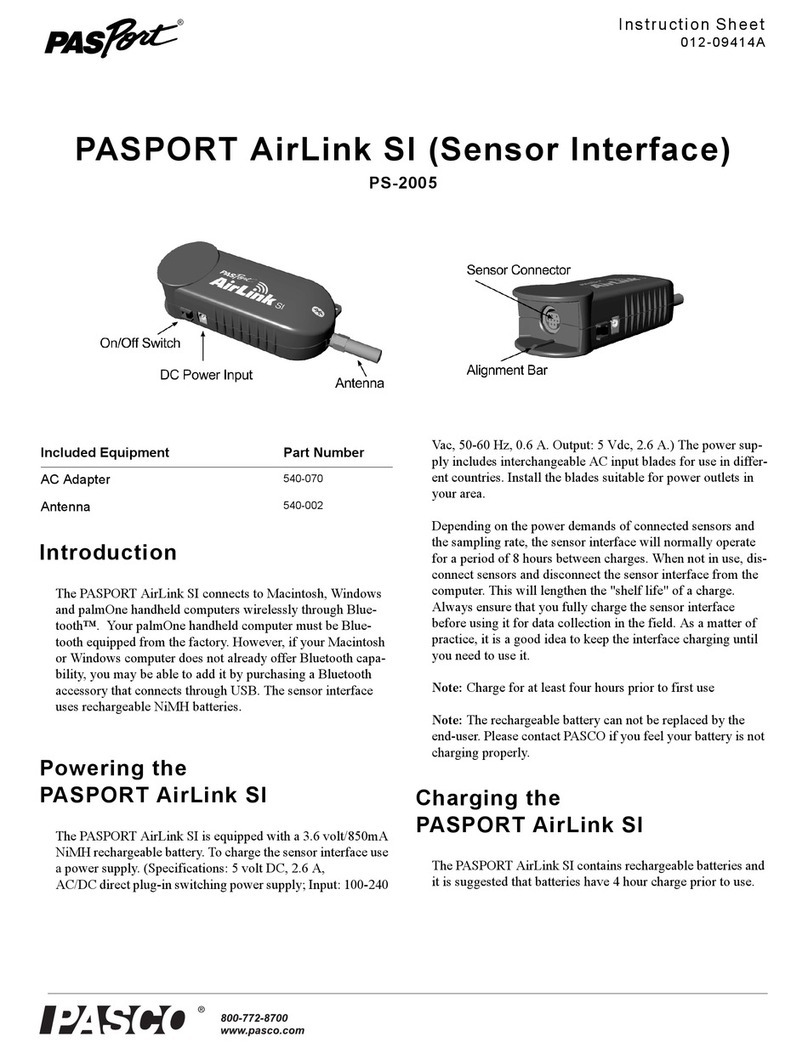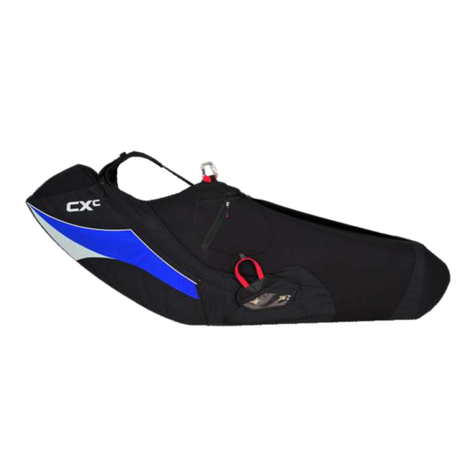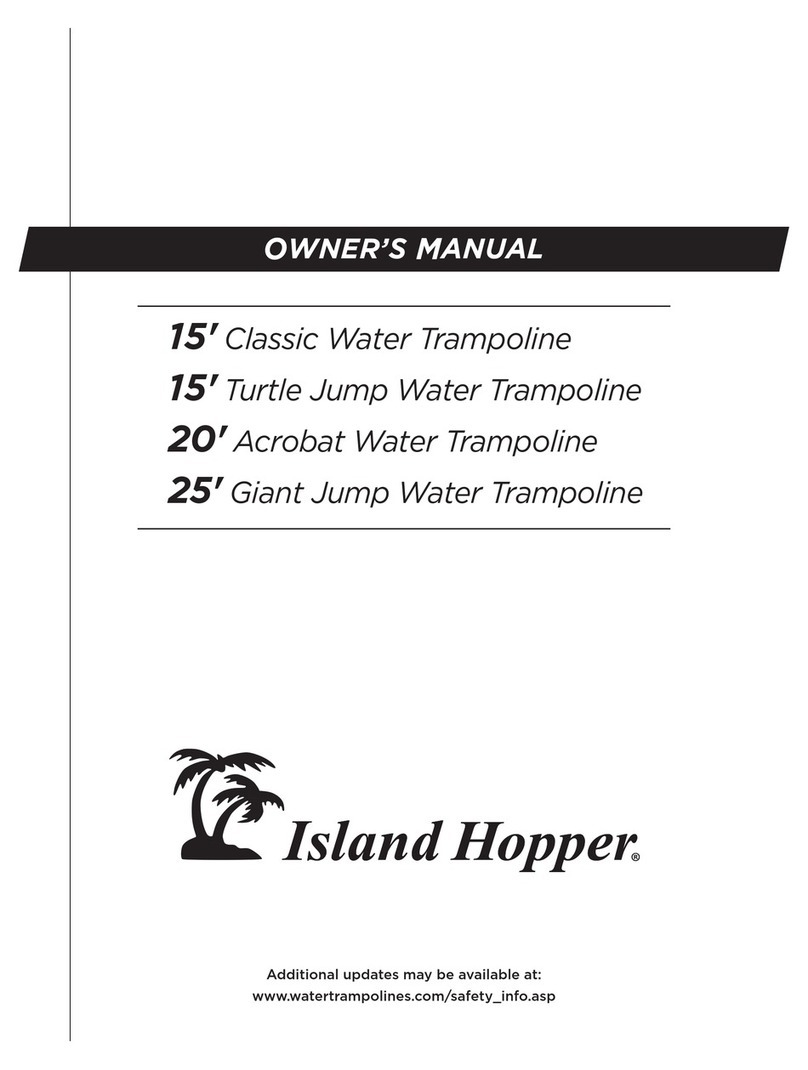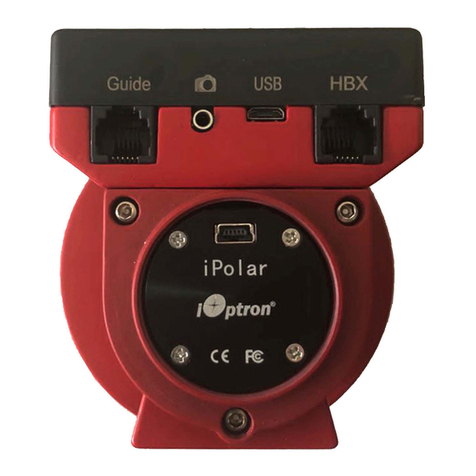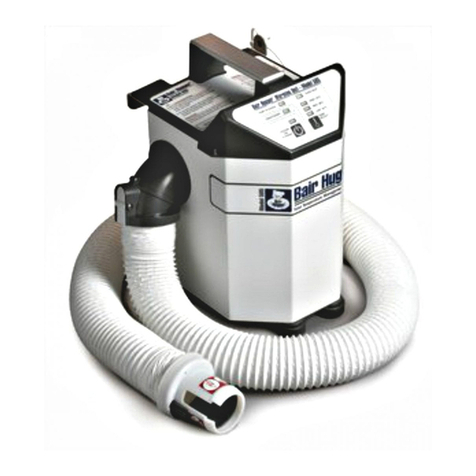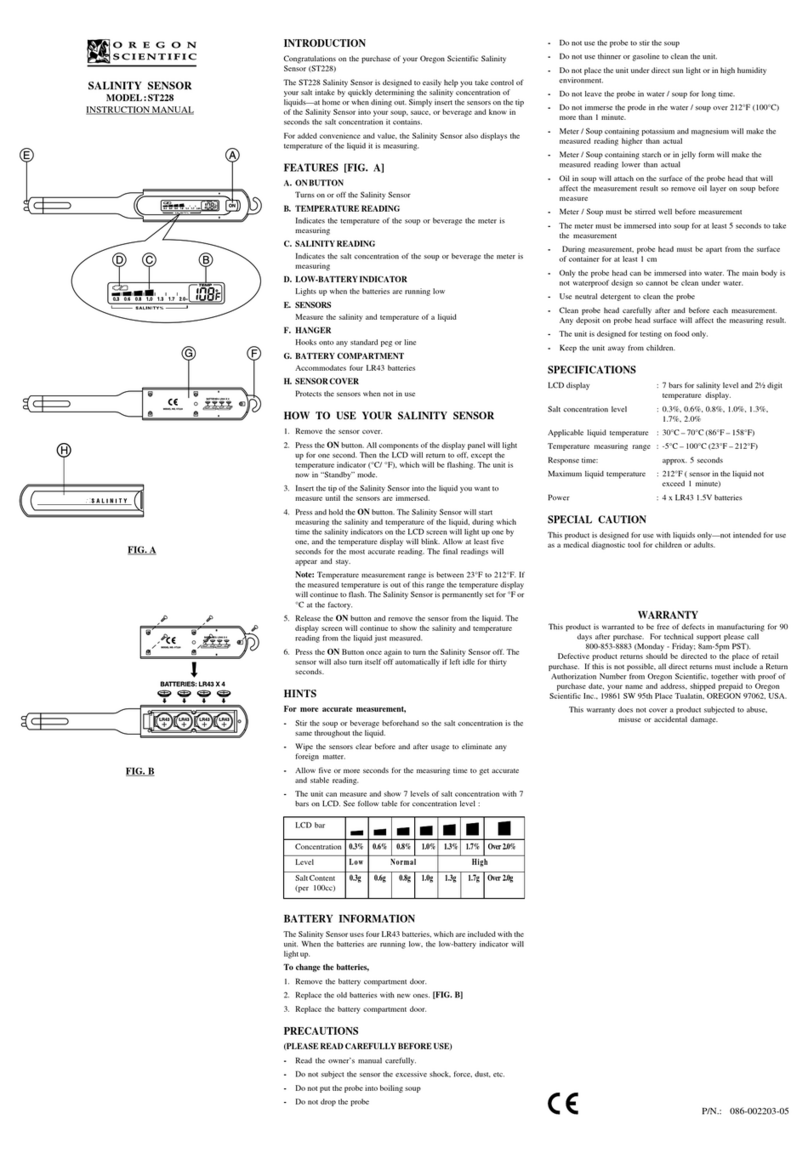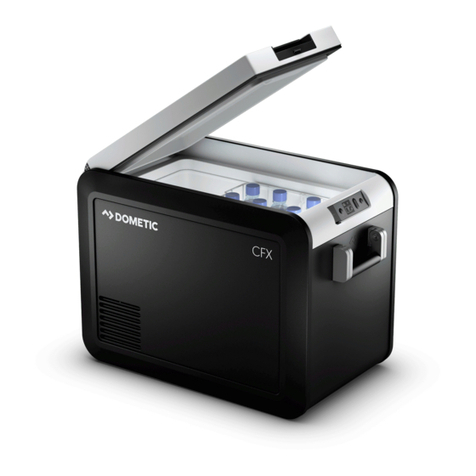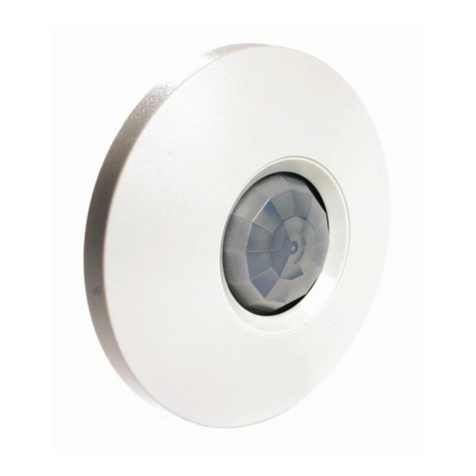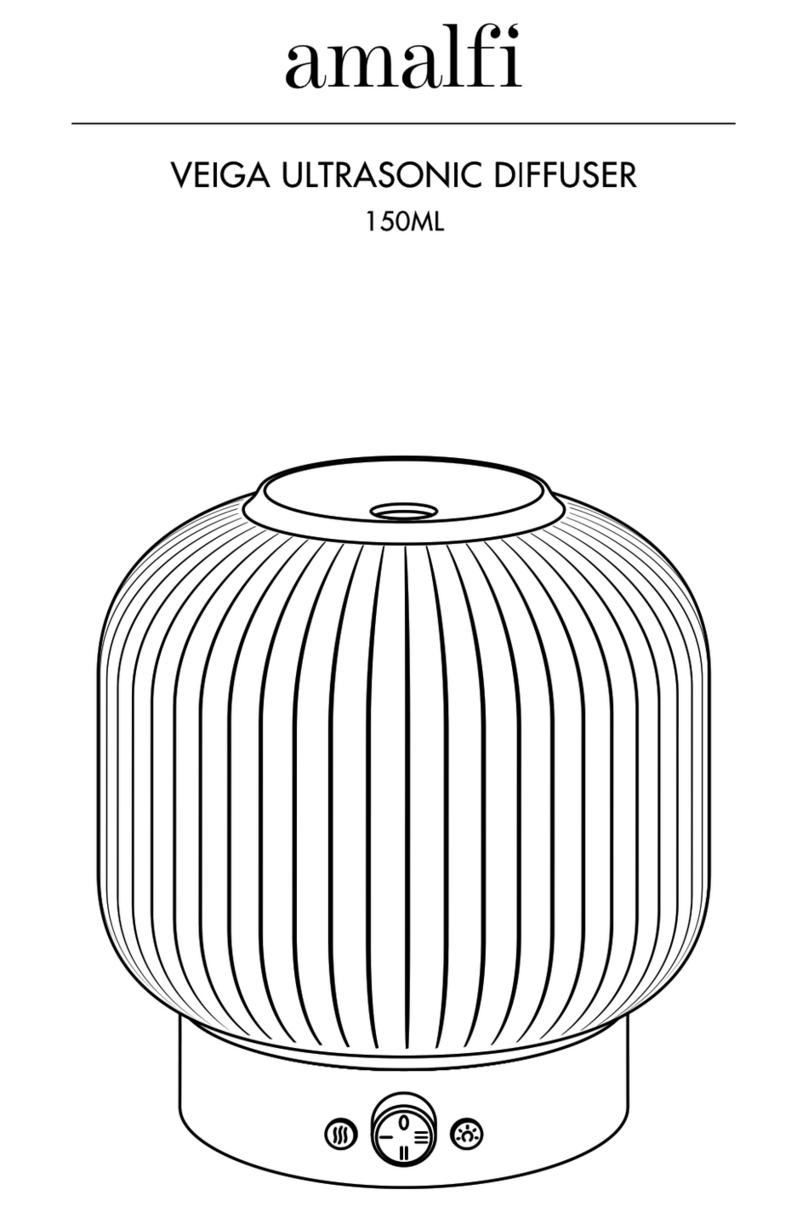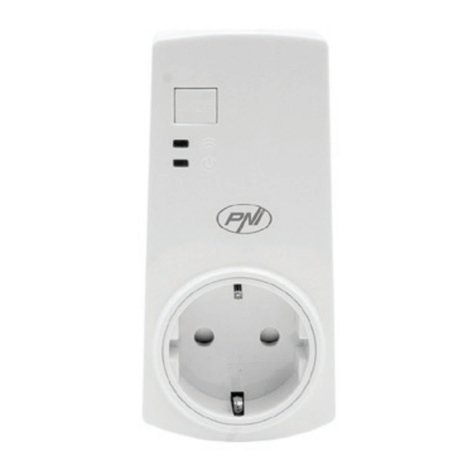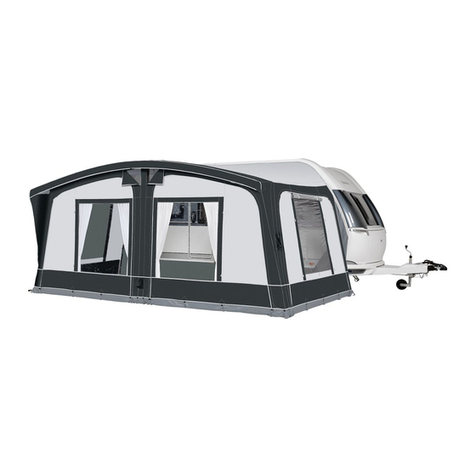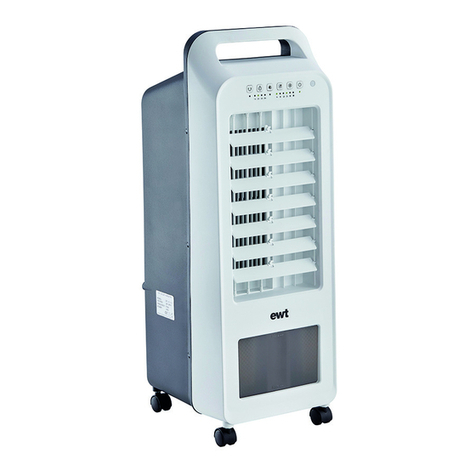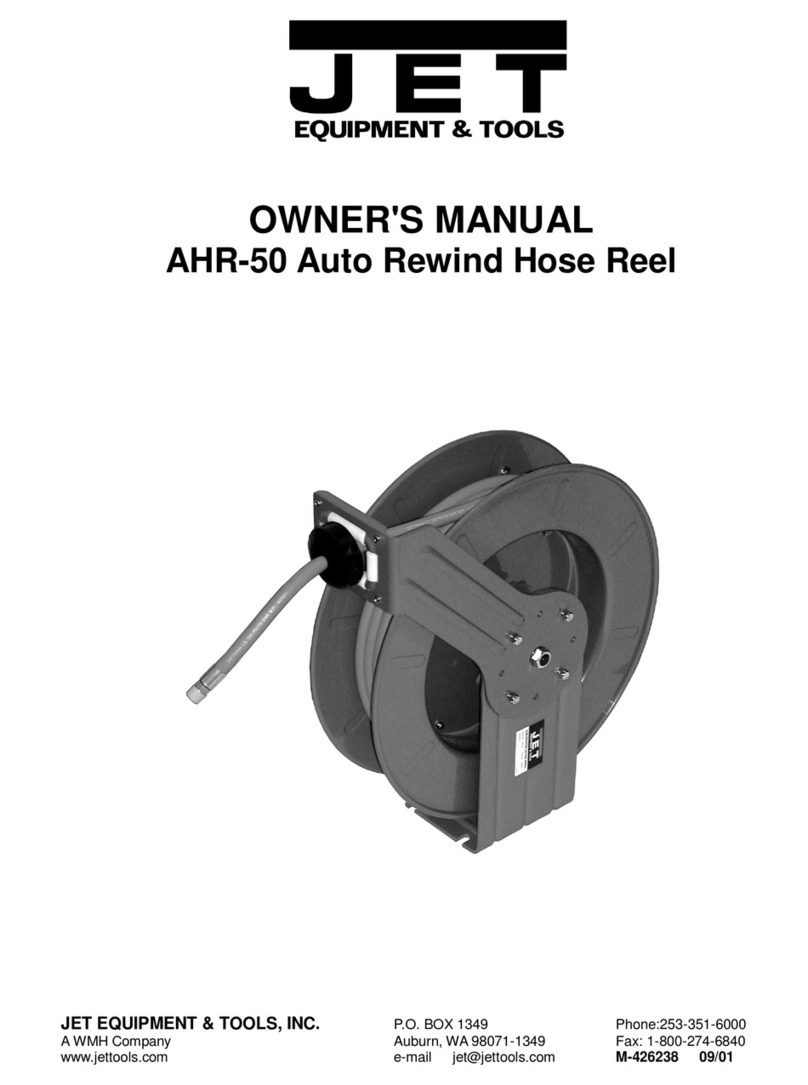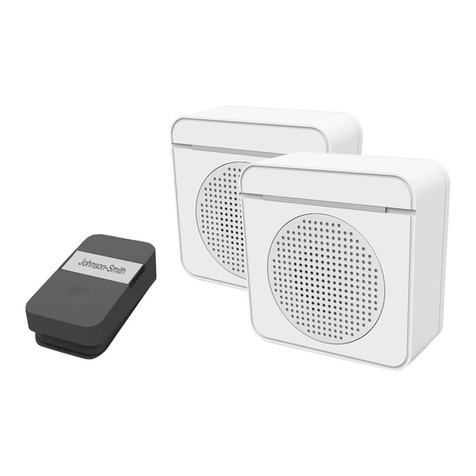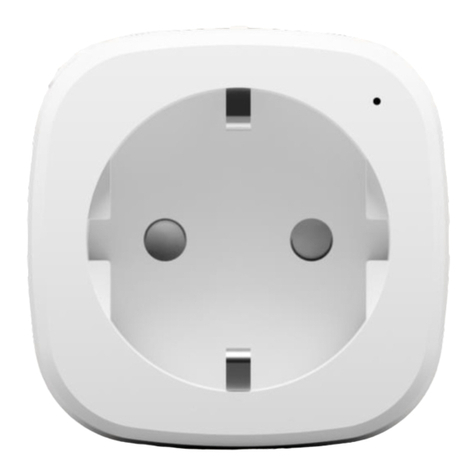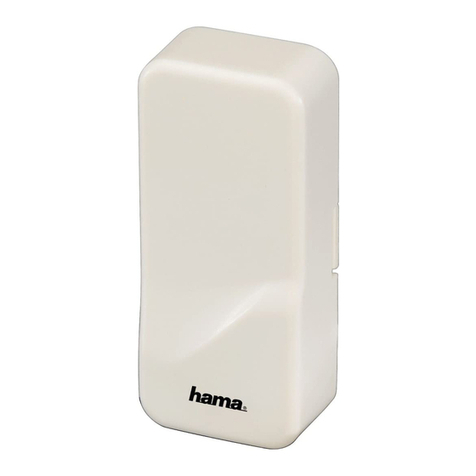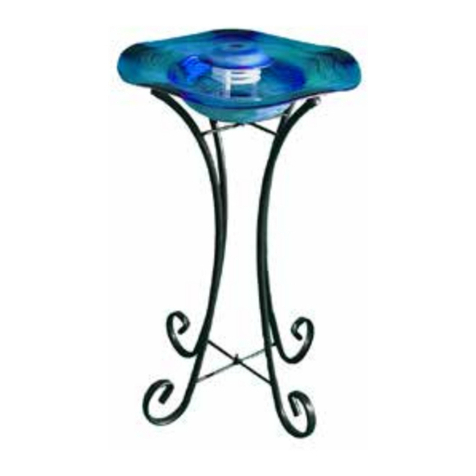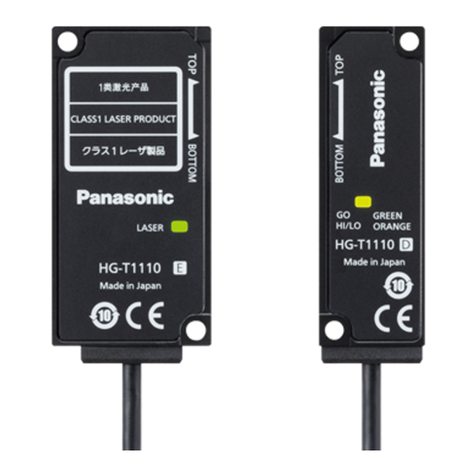
iThe sensor surface can be damaged if it comes into contact with aggressive media (e.g.
detergent solutions, scrubbing brines or acidic condensation from condensing boilers).
Check the sensor area (3) after every alarm. In case of significant damage from corrosion
replace the device.
Cleaning instructions
Contaminations on the outer surface of the sensor can affect sensor function.
Contaminations that have become wet can retain moisture, so reports can exist for a long time,
as long as the condensation persists.
4 Information for electrically skilled persons
4.1 Fitting and electrical connection
Selecting installation location
The installation location should be the position that is most likely to have condensation. That
can be the coldest spot within a pipeline circuit.
For proper function, the sensor surface (5) must be ventilated so that condensation can form on
it.
When fitted in the vicinity of mixer valves, place the device on the colder inflow.
Fitting the condensation sensor
Figure 2: Fitting to a pipe with cable ties
(6) Pipe
(7) Cable tie
(8) Thermally conducting pad
oClean the outer surface of the pipe. Remove any existing remaining paint.
oRemove the protective film from the enclosed thermally conducting pad.
oPut the self-sticking thermally conducting pad in the recession for the thermally conducting
pad (4) and slightly press on.
The thermally conducting pad adheres to the recession on the bottom side of the device.
oPlace the bottom side of the device directly on the pipe that is to be monitored.
oFit the device to the pipe with the accompanying cable ties (7).
oLock the connection cable into position.
2/3
82595903
j0082595903 25.10.2016
Condensation sensor
